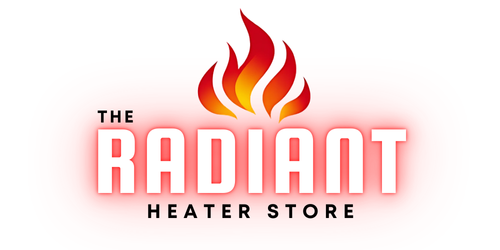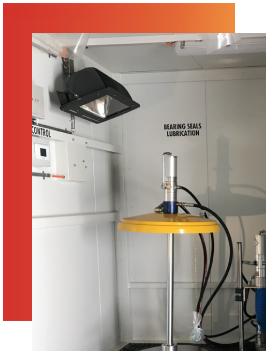- Introduction
- Why is Electric Infrared Heat Gaining Popularity in Flammable and Hazardous Environments?
- Types of heaters ideal for flammable and hazardous areas
- What is an explosion proof heater?

Introduction
Heating flammable and hazardous areas presents significant challenges due to the inherent risks of ignition and explosion. Traditional heating systems can introduce ignition sources through open flames or hot surfaces, posing substantial safety concerns. It's crucial to manage these risks to avoid catastrophic outcomes.
Hazardous areas often contain volatile substances like gases, vapors, or dusts that can ignite under certain conditions. Temperature management becomes essential in these scenarios to prevent reaching ignition points. However, maintaining control over temperature without modern technology can be complex and risky.
The National Electrical Code (NEC) or other international codes requires specific certifications for heating systems. Ensuring equipment compatibility with hazardous environments involves careful selection and installation, adding complexity to the process.
Types of heaters ideal for flammable and hazardous areas
Selecting the right heater is essential to maintaining safety and efficiency in flammable and hazardous environments. Various electric heating solutions cater to these needs:
- Explosion-Proof Electric Heaters: Explosion-proof heaters use robust enclosures to prevent ignition of surrounding flammable gases or dust. They're often rated for use in specific hazardous locations per standards like ATEX or IECEx. An example includes explosion-proof infrared heaters, like the Helios Radiant Atex which provide consistent warmth without exposed elements.

- Hazardous Location Fan Heaters: Fan heaters designed for hazardous locations use enclosed motors and elements to ensure no sparks or high temperatures escape into the area. These heaters efficiently circulate warm air and are suitable for large spaces, maintaining lower risk levels.
- Self-Regulating Heating Cables: Self-regulating heating cables adjust their output based on ambient temperature, reducing the risk of overheating. These systems are essential for preventing pipe freezing in hazardous zones. They're widely used to maintain precise temperatures in processes involving volatile substances.
- Convection Heaters: Convection heaters in hazardous areas usually incorporate safe, sealed elements to prevent contact with flammable materials. Their design allows for even heat distribution without direct air movement, making them suitable for stable, risk-free operation.
Using these heating solutions in hazardous environments enhances safety by minimizing risks of ignition while ensuring efficient temperature control.
What is an explosion proof heater?
An explosion-proof heater is a specialized heating device designed to operate safely in flammable and hazardous areas. These heaters are constructed with robust enclosures that prevent any internal sparks or heat from igniting the surrounding environment.
By containing all potential ignition sources, explosion-proof heaters ensure that your operations remain safe and compliant with stringent safety regulations. They provide a reliable heating solution that mitigates the risk of explosions, making them an essential component in industries where safety cannot be compromised.
With their ability to deliver efficient and controlled heating, explosion-proof heaters play a crucial role in protecting both personnel and equipment in volatile settings.
Why is Electric Infrared Heat Gaining Popularity in Flammable and Hazardous Environments?
Heating flammable and hazardous spaces in your facility can be a challenge. Traditional heating systems won’t work so where do you turn?
Electric heat is a game-changer in these environments. They are safer and more efficient alternative to traditional heating methods. They can also be a fraction of the price and are much simpler to operate and maintain.
Certain electric heaters are rated to be non-combustible, which can be precisely controlled to maintain safe operating conditions. This not only enhances safety but also ensures compliance with stringent industry regulations. As you explore the benefits of electric heat, you'll discover how it can transform your approach to managing flammable and hazardous environments, ultimately leading to safer and more efficient operations.






